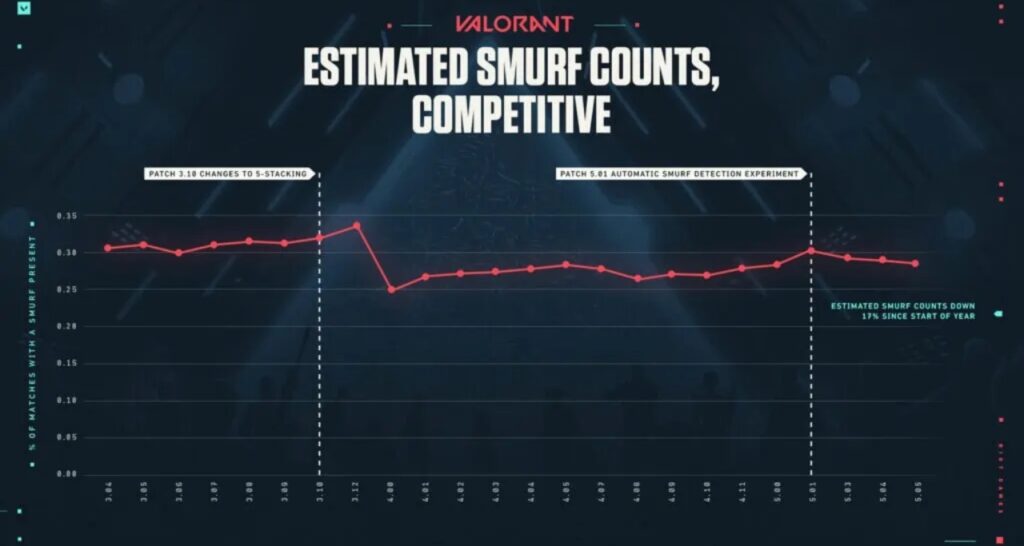Riot Games is getting serious about stopping smurfs in VALORANT. They’re making big changes that will force some players to use their phone numbers to keep playing ranked matches.
Phone Numbers Required for Some Players
Starting with patch 11.08, Riot is testing a new system called Multi-Factor Authentication (MFA). Some accounts will need to connect their phone number through the Riot Mobile app to keep playing competitive matches.
This test starts in four regions first,
- North America
- Latin America
- Brazil
- South Korea
Europe and Asia will get these changes in 2026. The system works like when you log into Gmail – you get a code on your phone that you need to enter.
Permanent Bans Coming in Patch 11.09
Riot is taking an even harder step. In patch 11.09, they will permanently ban accounts they know were bought or used for boosting. No warnings, no second chances – just a lifetime ban.
This targets the biggest smurf problem: people buying high-rank accounts or paying others to boost their rank. “By reducing the number of accounts that can be shared, we expect smurfing to decrease,” Riot explained.
Why These Changes Matter

Account Sharing Causes Most Smurfing: A huge part of the smurf problem comes from people sharing login information. When someone lets a better player use their account, it ruins matches for everyone else.
Better Security: MFA also protects accounts from getting hacked. Riot says 80-90% of stolen accounts had MFA turned off when they got hacked.
Faster Smurf Detection: Riot’s new system now catches smurfs 2-3 times faster than before. When they find a smurf, that player moves to their correct rank much quicker.
What Each Type of Account Means
Riot explained the difference between problem accounts,
Alternate Account: Any second account owned by the same person (not always bad)
Shared Account: When someone gives their login to another person (against the rules)
Smurfing: Trying to trick the system to play against weaker opponents
Boosting: When a skilled player uses someone else’s account to raise its rank
Mixed Community Response
Players have different feelings about these changes. Some are excited that smurfing might finally decrease. Others worry about false positives – getting banned when they didn’t do anything wrong.
One player asked: “Does this mean bronze and silver ranks will actually have real bronze and silver players?” That shows how bad the smurf problem has become in lower ranks.
But some players doubt Riot can pull this off. “They always say this and can’t detect anything,” one skeptical player commented. Many game companies have made similar promises before without much success.
The Numbers Show Progress
Riot shared some encouraging data about their anti-smurf work:
- Smurf accounts dropped by 17% in 2023
- New smurfs now reach their correct rank in just 4 matches instead of many more
- The “stomp rate” (lopsided matches) has decreased significantly
These improvements happened before the new phone verification system. The MFA requirements should make the problem even smaller.
What Happens Next
The phone verification starts as a small test in four regions. Riot will watch how well it works before expanding to other areas. They want to make sure the system catches real smurfs without bothering honest players.
Higher-ranked players (Ascendant and above) will likely need phone verification first. This makes sense because rank boosting is most valuable at high levels.
The permanent bans for purchased accounts begin with patch 11.09. Riot says their detection system has gotten much better at identifying these problem accounts.
These changes represent Riot’s biggest anti-smurf effort yet. Combined with better detection and faster rank adjustments, VALORANT ranked matches should become much fairer for everyone.